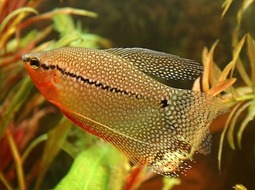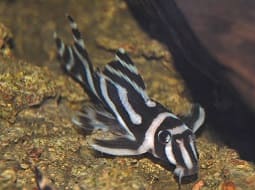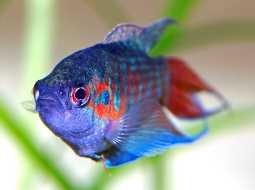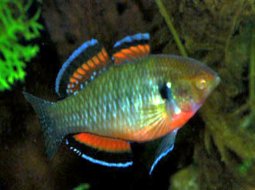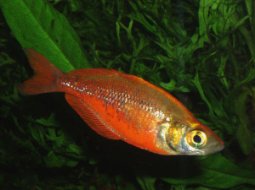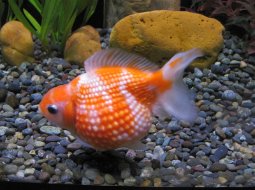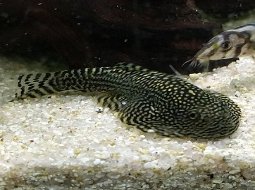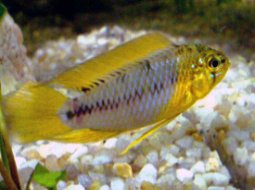
Loading Aqualapp ...
Care and Compatibility of Pictus Catfish - Pimelodus pictus
Introduction
The Pictus Catfish (Pimelodus pictus) is a species of catfish native to South America. It is known for its elongated body and distinctive coloration with black spots and stripes on a silver background. It is a popular fish in aquariums due to its striking appearance and active behavior. It requires a spacious aquarium with hiding places and moderate water flow. It is a hardy and adaptable fish that can live in a wide range of water conditions.
Behavior
The Pictus Catfish is an active fish that enjoys swimming throughout the aquarium. It is known for its energy and curiosity, always exploring its surroundings. It can coexist peacefully with other fish of similar size, but it is important to provide enough swimming space. It is a gregarious fish, and it is recommended to keep them in groups of at least 3 individuals to promote their well-being.
Sexual Dimorphism
Sexual dimorphism in Pimelodus pictus is minimal and difficult to distinguish. Both sexes have a similar appearance.
Reproduction
Breeding Pictus Catfish in captivity is not common and is considered challenging. There haven't been many successful cases of breeding in home aquariums. In the wild, this fish undertakes migrations to reproduce in deeper waters, which makes it difficult to reproduce in an aquarium setting. Therefore, breeding this species is typically left to specialized breeders.
Aquarium Conditions
Pimelodus pictus, commonly known as the pictus catfish, requires a spacious aquarium with rocks, driftwood, and hiding spots. It prefers soft to moderately hard water and a warm temperature. Aquarium décor should include rocks and hiding spots, as they are nocturnal fish and enjoy places to hide during the day. Maintaining water quality is crucial and providing a varied diet.
Feeding
The Pictus Catfish is carnivorous and primarily feeds on live and frozen foods. It accepts commercial foods in the form of pellets and flakes, but it should be provided with a variety of live foods such as worms, insect larvae, and shrimp to maintain a balanced diet and stimulate its natural hunting behavior. It is recommended to feed them small portions several times a day to avoid overfeeding.
Complexity
Caring for Pimelodus pictus can be moderately challenging. They are peaceful fish but can be sensitive to stress and water conditions. It's recommended to keep them in groups of at least three individuals and provide a soft substrate to avoid damage to their barbels. They are primarily carnivores and accept a variety of foods, including live and frozen foods.
In case you need more help, or if you want to know into any topic related to the Pimelodus pictus (Pictus Catfish) and even any other species you can use the forums to ask what you need.
To do an analysis more detailed about coexistence and behavior of Pimelodus pictus (Pictus Catfish) use the Aquarium simulation tool, if you do this you can test different ways to combine the Pictus Catfish with other fishes giving the dimensions and space on you aquarium, on this way you can known the optimal configuration for keep the fishes that you want.
You can also find out the 121 species compatible with the Pimelodus pictus (Pictus Catfish) can live together.
Note: The parameters of the water such as PH and temperature are also used to calculate the compatibility of the species.
Compatible species (121)
Compatible (75 Species)
Compatible without any restriction
Similar Sizes (41 Species)
They can coexist if they are the same size or very similar sizes, it does not work in all cases, there may be exceptions.
With Reservation (1 Species)
Compatible in some cases, it depends on the nature and personality of the fish.
Food competition (1 Species)
They can live together but you have to be careful since it is likely that the fastest fish will take all the food and leave nothing for their partners who are slow swimmers, so you have to make sure that everyone can eat.
Compatible if space is enough (3 Species)
They can coexist together if the aquarium they share is large and spacious enough for both species to feel good, as some fish may attack others to feel that they have little space and try to eliminate the competition.
Pictus Catfish
Pimelodus pictus

- Ph: 6.5 - 7.5
- Temperature (c°): 22 - 28
- Measures: 10 cm - 15cm
- Aquarium Capacity:
23 Liters - 6 Gallons - Alimentación: Omnivores
- Colores: Black, Silver
- Comportamiento: Night, Peaceful, Sociable
- Habitad: American
- Morfología: Thorns or pointed
- Tamaño: Small
- Taxonomía: Fish
- Tipo de Agua: Sweet water, Tropical waters
- Velocidad de nado o movimiento: Fast
- Zona de Nado: Aquarium background


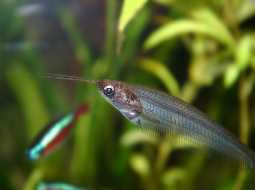


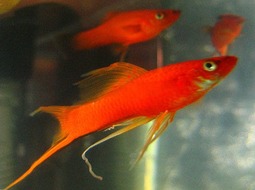




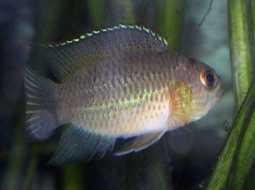


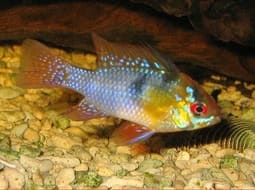
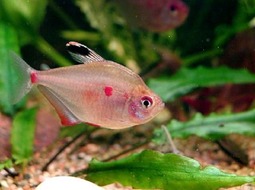
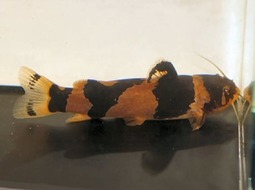



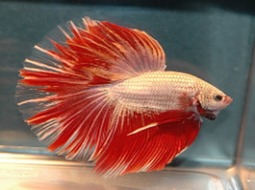
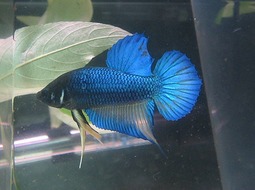


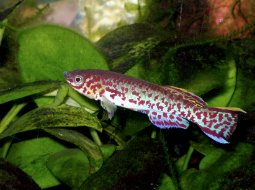

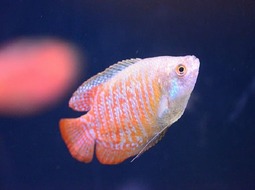

.jpg)
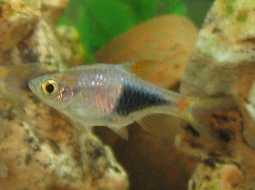
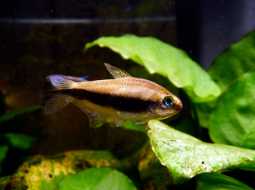
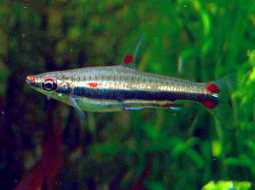

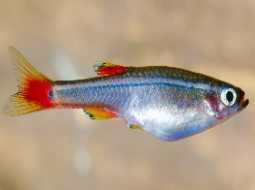
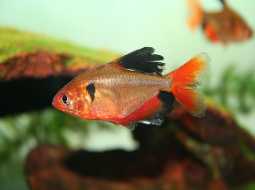
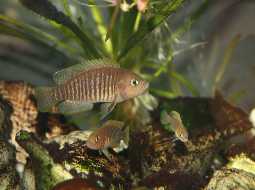

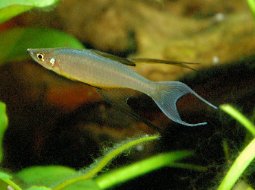
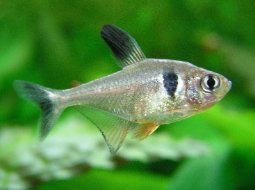

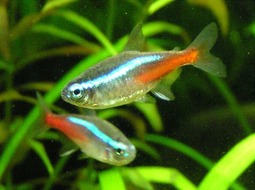


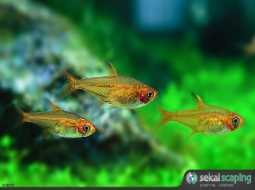
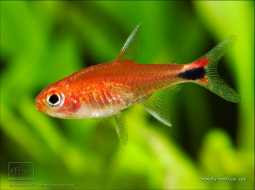

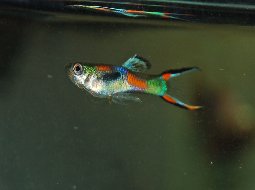
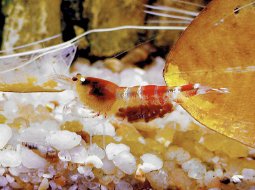
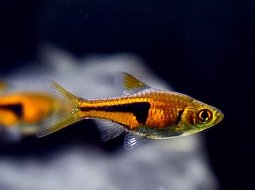


.jpg)
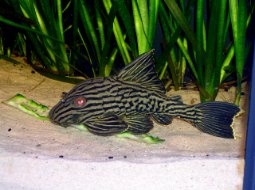

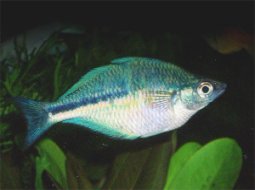





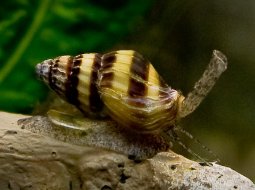



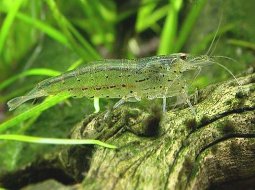
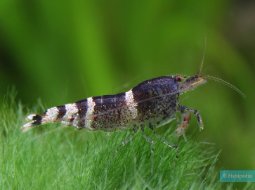
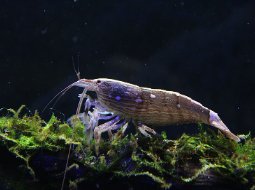




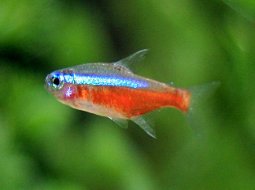
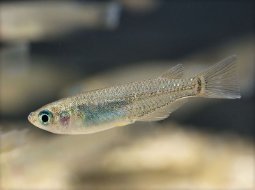






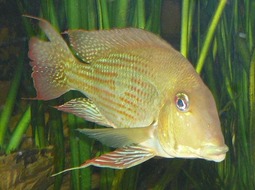
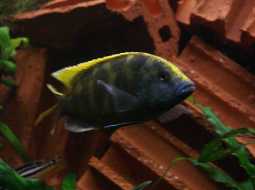
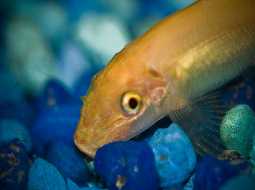
.jpg)
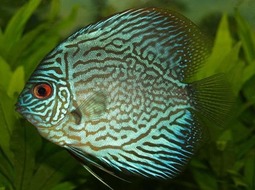
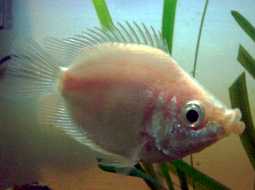
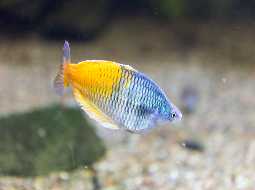
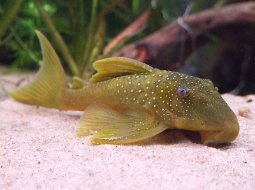
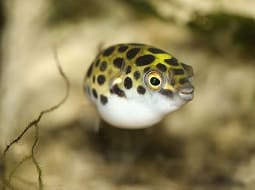

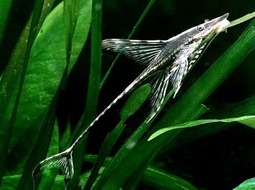

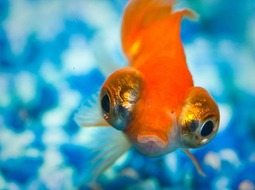

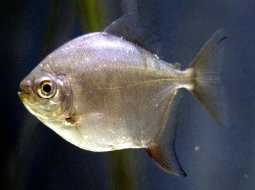


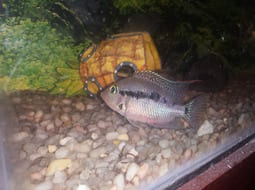


.jpg)
